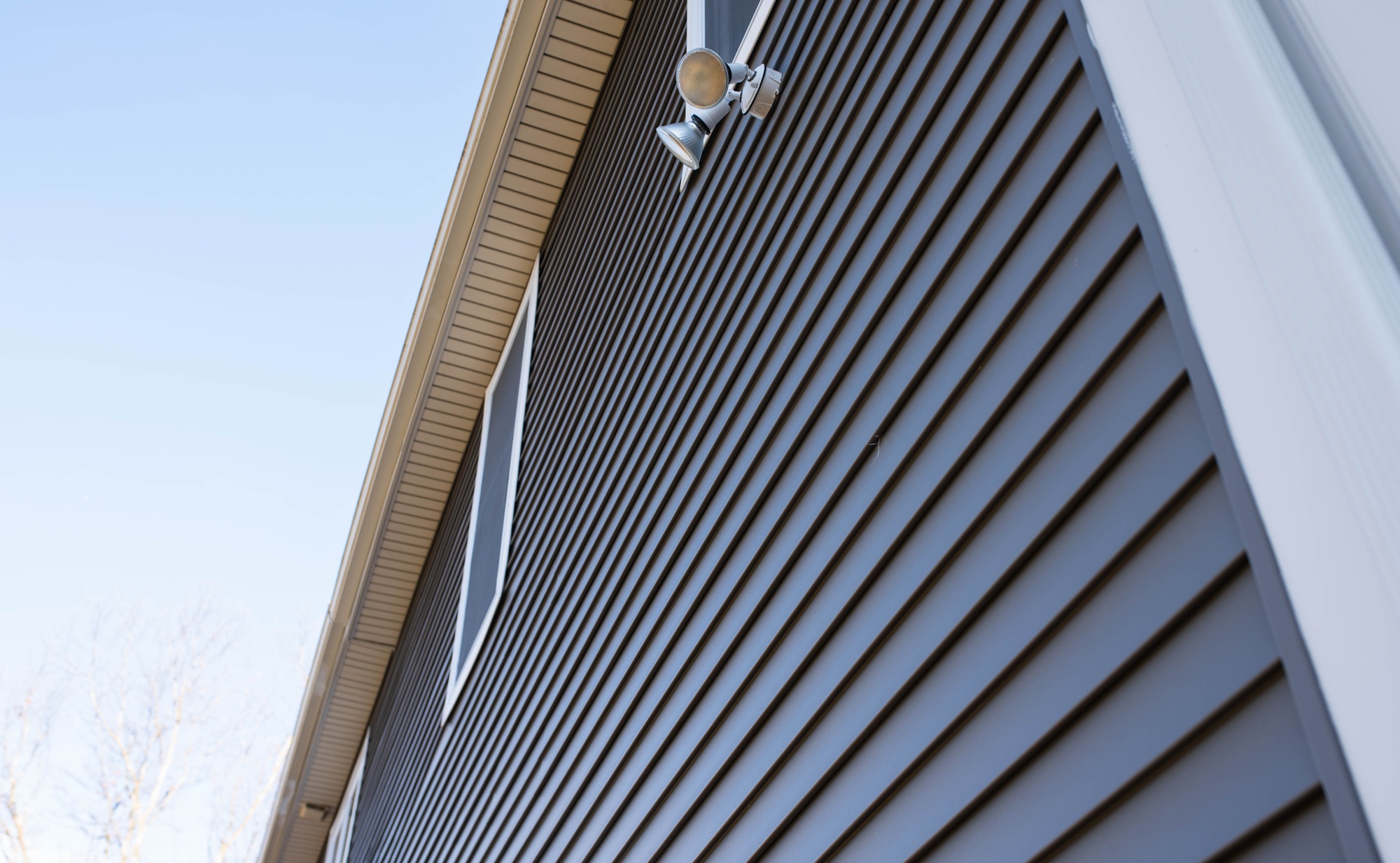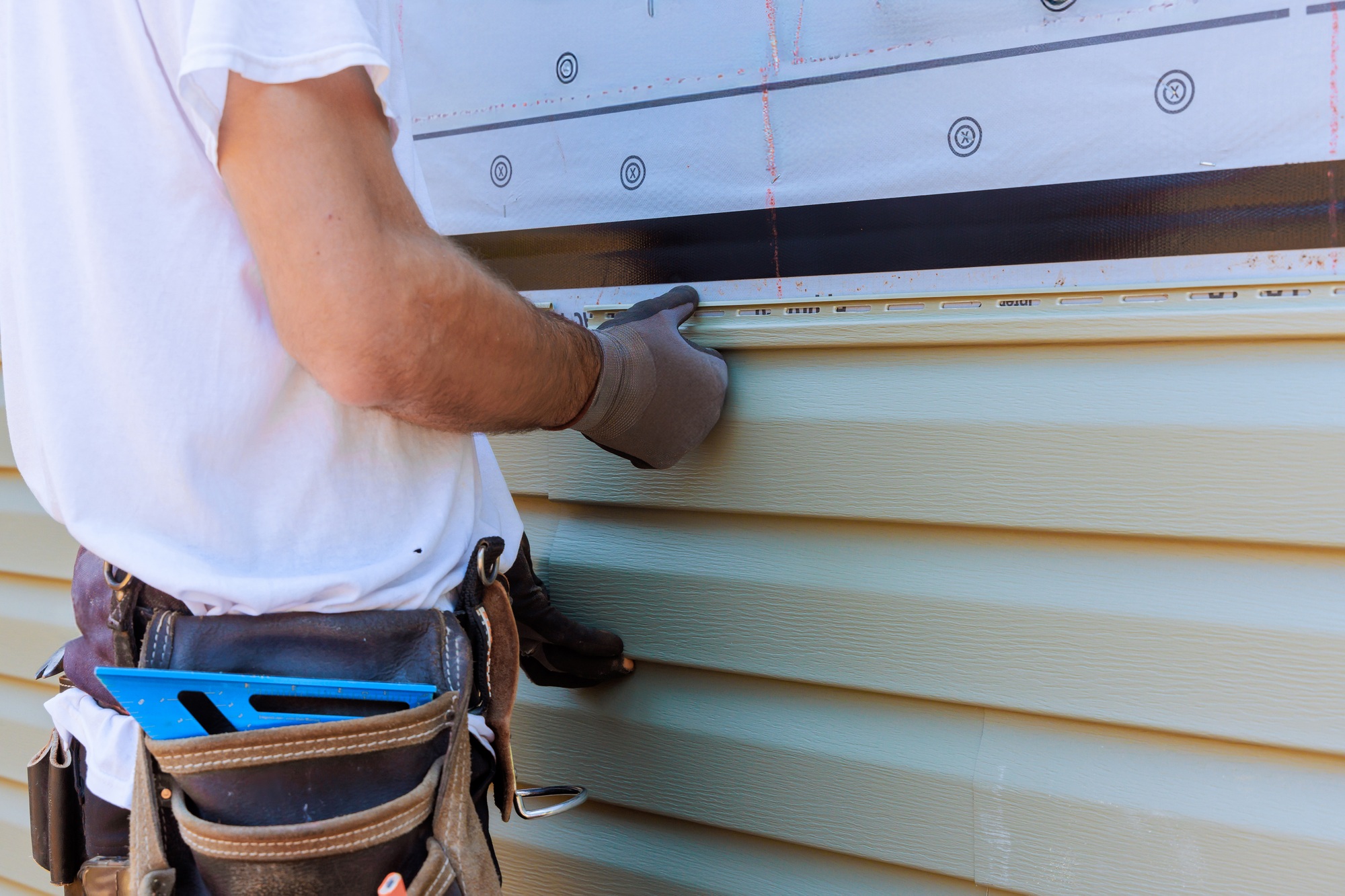When it comes to upgrading your home’s exterior, understanding the different siding terms can make all the difference. Whether you’re planning a full siding replacement or just want to be informed when talking to contractors, having a grasp of the lingo ensures you know exactly what you’re getting. At Ripcord Construction, we believe an educated homeowner is an empowered homeowner. So, let’s break down the layers of siding and what they all mean!
The Layers of Siding: What’s Behind the Surface
Siding isn’t just the outermost layer of your home; it’s part of a system designed to protect your house from the elements while enhancing its curb appeal. Here’s a look at the key components:
1. Sheathing The sheathing is a layer of boards or panels that attach to the exterior framing of your home. It provides a flat, solid surface for siding installation and adds structural support.
2. House Wrap (Weather Barrier) This is a breathable material applied over the sheathing to prevent moisture infiltration while allowing trapped moisture to escape. It helps to prevent mold and rot from forming behind the siding.
3. Flashing Flashing is a thin material (typically metal or a synthetic alternative) installed around windows, doors, and other openings to redirect water away from vulnerable areas, preventing leaks.
4. Insulation Board (Optional) Some homeowners choose to install an extra layer of insulation board between the house wrap and siding. This improves energy efficiency by reducing heat transfer and adding another barrier against moisture.
5. Siding Panels This is the visible layer that comes in a variety of materials, including vinyl, fiber cement, wood, and aluminum. It’s designed to protect your home while also boosting its aesthetic appeal.
6. Trim and Soffit Trim refers to the finishing pieces around doors, windows, and corners, providing a polished
look. The soffit is located under the eaves and allows for proper attic ventilation while covering exposed rafters.
7. Fascia The fascia is a vertical finishing board that runs along the roofline and is where gutters are typically attached. It provides a finished look and protects the roof’s edge from water damage.
Common Siding Terms You Should Know
● Cladding: Another term for the siding material that covers your home’s exterior.
● Lap Siding: A popular style where siding boards overlap each other to create a layered look.
● Shake Siding: Designed to mimic traditional wooden shakes, providing a textured, rustic appearance.
● Board and Batten: A vertical siding style featuring wide boards with narrow strips (battens) covering the seams.
● Channel Siding: A type of wood siding where the boards create a shadowed channel effect for added depth.
● Buttlock: The bottom edge of a siding panel that locks into the panel below it.
● J-Channel: A trim piece that helps hold siding in place and provides a finished edge around windows, doors, and soffits.
● Weep Holes: Small openings designed to allow water drainage from behind the siding, preventing moisture buildup.
● Expansion and Contraction: A necessary consideration for vinyl siding, which expands and contracts with temperature changes.
Trust Ripcord Construction for Your Siding Needs
Now that you’re equipped with the right terminology, you can feel more confident discussing your siding project. For over 15 years, Ripcord Construction has been providing top-quality siding installation and home improvement services to Southeast Michigan and Northwest Ohio. Whether you need a full siding replacement, minor repairs, or expert guidance, we’re here to help.
Call us today at 734-288-8445 or visit our webpage to fill out a free request form and get started on enhancing your home’s exterior with confidence!




